Central Air OR Mini-Split
Bongo
9 years ago
last modified: 9 years ago
Featured Answer
Sort by:Oldest
Comments (49)
chazstevens84
9 years agoRelated Discussions
Mini split or central air? Be gentle, I'm a newbie
Comments (8)The larger the number of rooms that that you install mini splits in the higher the cost in comparison to a central system. Remember that you need returns for a central system. The choices are to have one in each room, install grates in between the rooms, install jump ducts or under cut the doors. Mini-splits have advantages in some situations. They are inherently zoned, so you don't have to cool the whole house for the dogs or you. Depending on your lifestyle, this might or might not save you money. What is installed in the USA is almost all variable-speed (inverter) equipment so it throttles well to control humidity under low load conditions. If you are on the costal plain, that is more important. It is humid down there. Typically, if a system fails you have lots of other areas to stay comfortable in. That also means that a modest generator will run parts of your system.) For me, a duct system that is outside of the house envelope is a drawback. First, ducts always leak even when new and they never improve themselves. That means everywhere you have a leak it equals a power vent either drawing in outside air into a return or blowing air outside. Keep in mind that also induces pressure differentials in your house so air is sucked in or blown out to balance that. Take a look at the Mitsubishi, Toshiba and Sanyo web sites and see what the mini split kingdom looks like. Keep in mind that in addition to the sterotypal high-wall indoor units, small ducted units (that handle more than one room) ceiling cassettes, horizontal ceiling units are available. You should see them on the web sites. They do cost more and are a little less efficient. Check out the different brands for how their controls thermostats) work if you decide to seriously consider mini splits. You obviously need more quotes given the difference between the two you already have....See MoreI'm so confused over Mini-Splits, Central A/C and Heat Pumps
Comments (5)heat pump, central air and heat and a mini split as far as cost of operation? heat pump same as central air and heat except that the heat pump provides the bulk of the heat. this is what I recomend to my clients based on savings compared to electric strip heat. with heat pumps the electric strip is emergency heat and for when temps are 30 degrees..which is not that often for us. central air is electric strip heating only. the most expensive way to heat your home. (espically if you have entergy for your utility provider) mini splits are pretty cool. expensive but fit a lot of needs and great for tight retrofit spots. the condensing unit goes outside like with any set up, but this is where it changes. in each room the air is provided by a wall mounted air handler unit. the condensing units are up to 3 tons. each room would have the ahu..this is what they are calling zones. cost is higher, but you don't have ductwork, so it evens out a little better. with the foam insulation & low e windows your tonnage of ac required will be less. although I don't recomend 'rule of thumb' sizing instead of the ususal 400 to 500 sq ft per ton, your house will be more in the range of 600 to 700 sq ft per ton. oversizing will cost more to operate, wear the equipment out sooner, and will NOT dehumidify. be diligent in finding out what is being spec'd for your home and what options are available for you. some systems will qualify for tax credit, and it is always a good idea to do better than the legal minimum allowed by law (code). in what part of La. are you building? best of luck....See MoreInstall Central Air or Mini-Split?
Comments (1)Some of the ductless systems are very efficient & you can run more an one blower with coil off one condenser. That old furnace and duct system might not be very efficient. - udarrell Here is a link that might be useful: Cut Utility Bills in Half...See MoreClassic Central or Mini-Split?
Comments (5)I agree with radiantman. I prefer central done right whenever possible. It seems like you'll have the opportunity to it right with the walls opened up. The key thing is to get it done right. A properly-designed and installed central air conditioning system will provide years of comfort. Once you "cover everything back up," you won't have units hanging from your walls. Ductwork design is extremely important to have a good central air system....See MoreBongo
9 years agochazstevens84
9 years agoanno
9 years agoBongo
9 years agoBongo
9 years agoBongo
9 years agoBongo
9 years agolast modified: 9 years agoaustinairco Austin
9 years agoBongo
9 years agolast modified: 9 years agoBongo
8 years agoanno
8 years agoaustinairco Austin
8 years agotoadman77
8 years agoanno
8 years agoaustinairco Austin
8 years agochazstevens
8 years agoaustinairco Austin
8 years agoaustinairco Austin
8 years agommmm12COzone5
8 years agolast modified: 8 years agoaustinairco Austin
8 years agoionized_gw
8 years agoanno
8 years agoaustinairco Austin
8 years agoaustinairco Austin
8 years agoaustinairco Austin
8 years agochazstevens
8 years agoionized_gw
8 years agolast modified: 8 years agoionized_gw
8 years agolast modified: 8 years agoanno
8 years agoionized_gw
8 years agoanno
8 years agoaustinairco Austin
8 years agochazstevens
8 years agoanno
8 years agosktn77a
8 years ago
Related Stories

DECORATING GUIDES10 Ways to Hide That Air Conditioner
Feeling boxed in designing around your mini-split air conditioner? Try one of these clever disguises and distractions
Full Story
MOST POPULAR5 Ways to Hide That Big Air Conditioner in Your Yard
Don’t sweat that boxy A/C unit. Here’s how to place it out of sight and out of mind
Full Story
LIFE6 Ways to Cool Off Without Air Conditioning
These methods can reduce temperatures in the home and save on energy bills
Full Story
GARDENING GUIDES9 Clay-Busting Native Flowers for Summer Sun
These plants survive and even thrive in tough clay soil east of the Rocky Mountains
Full Story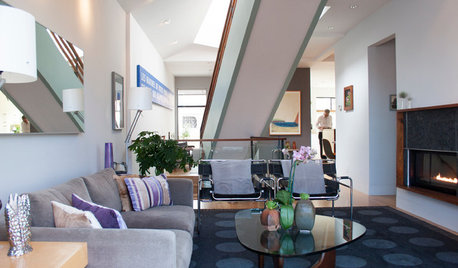
HOUZZ TOURSMy Houzz: More Light and Views Transform a San Francisco Home
With a new floor and central staircase plus bigger windows, a century-old home gets a brighter outlook
Full Story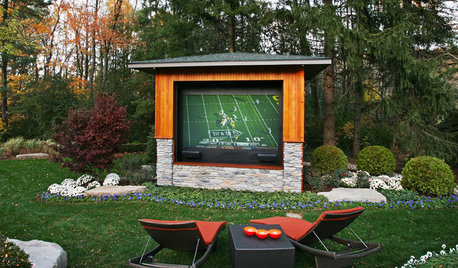
GARDENING AND LANDSCAPINGDouble Take: This Outdoor Screen Makes Game Day a Snap
A Michigan family goes long and wide on their backyard party central with a supersize screen, fire pits and lounging for a crowd
Full Story
KITCHEN DESIGNHow to Choose the Right Hood Fan for Your Kitchen
Keep your kitchen clean and your home's air fresh by understanding all the options for ventilating via a hood fan
Full Story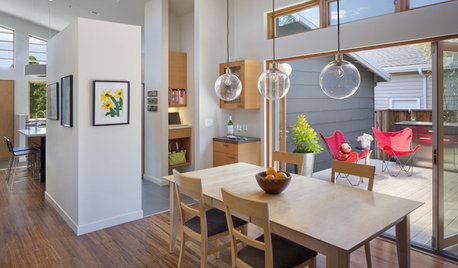
HEALTHY HOME18 Ways to Allergy-Proof Your Home
If you're itching to reduce allergy symptoms, this mini guide to reducing allergens around the house can help
Full Story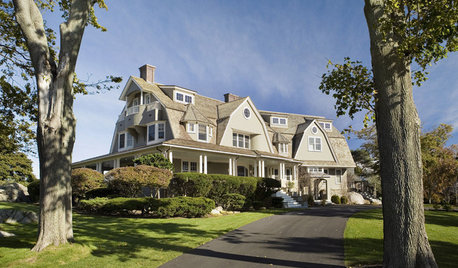
LIFEA Quick Downsizing Quiz for the Undecided
On the fence about downsizing? We help you decide whether that fencing should encircle a mansion or a mini trailer
Full Story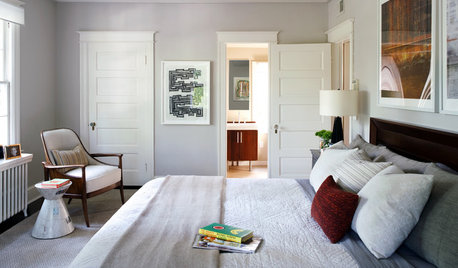
BEDROOMSHow to Choose the Perfect Bedsheets
Don't lose any shut-eye over scratchy or ill-fitting sheets; our mini guide to materials, thread count and fit will help you sleep tight
Full StorySponsored
Central Ohio's Trusted Home Remodeler Specializing in Kitchens & Baths




shagdash25